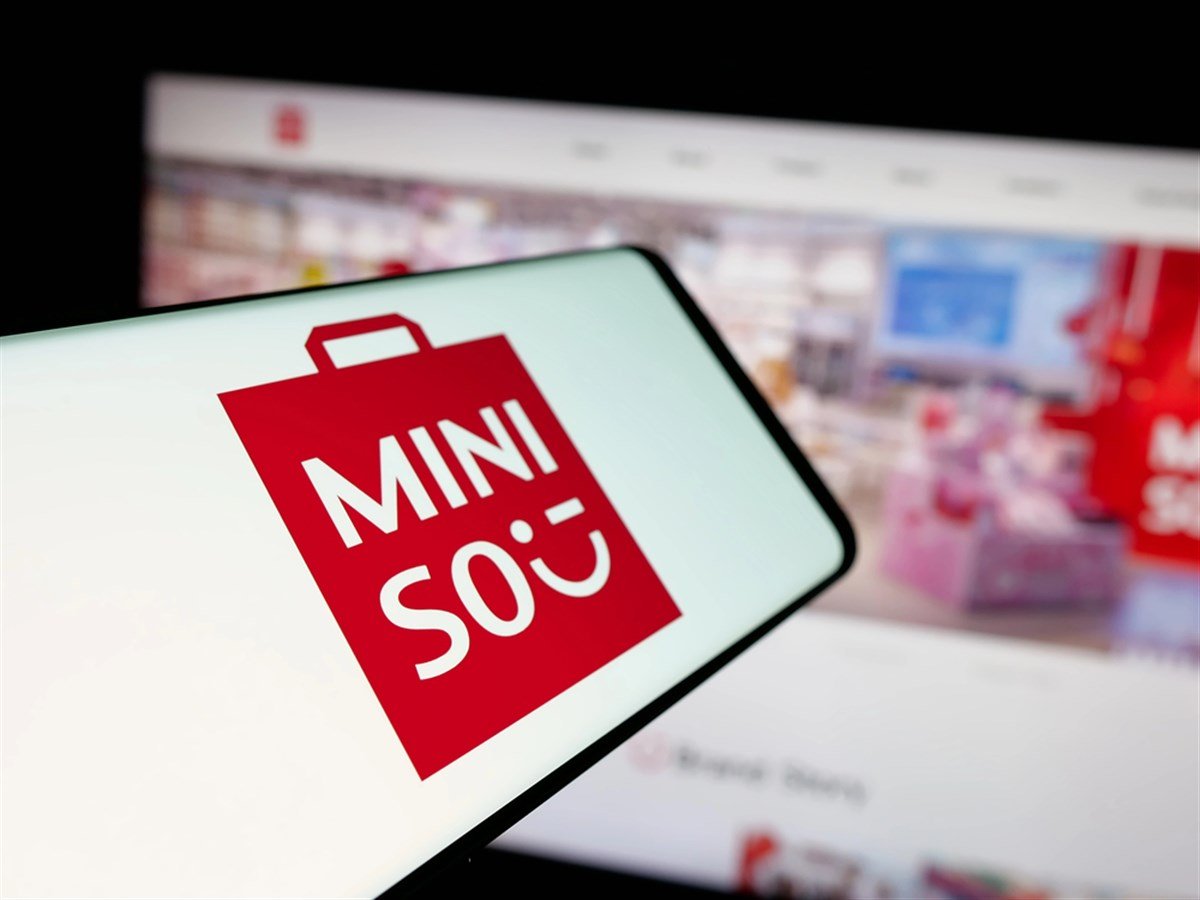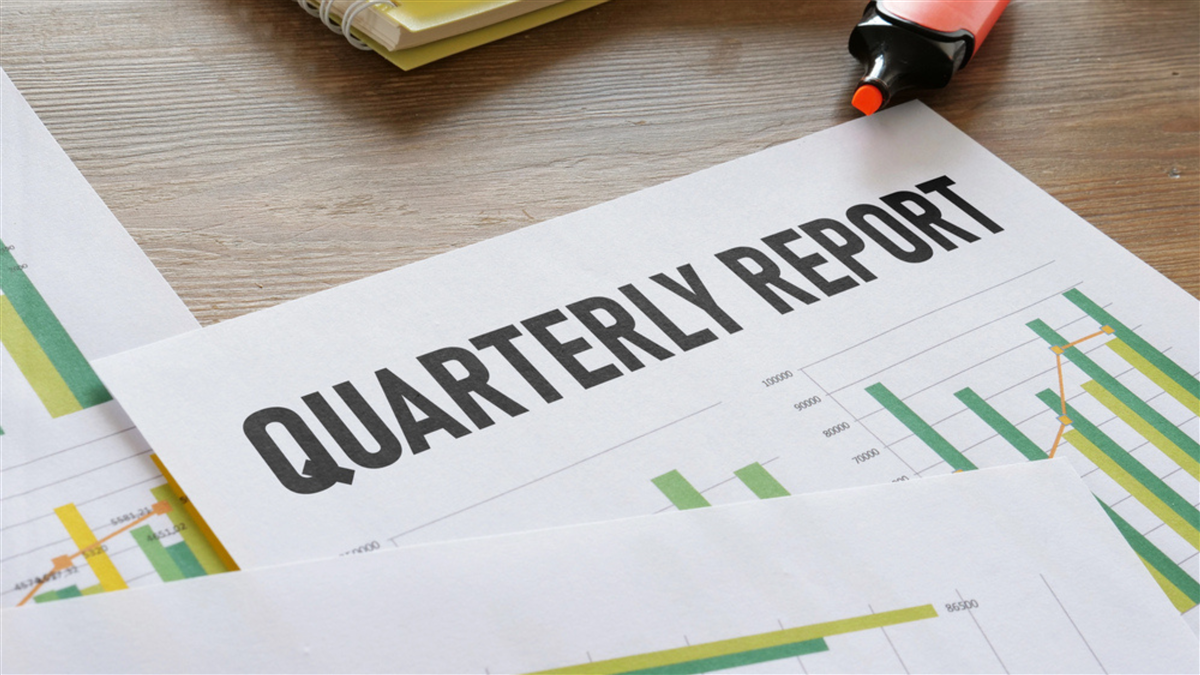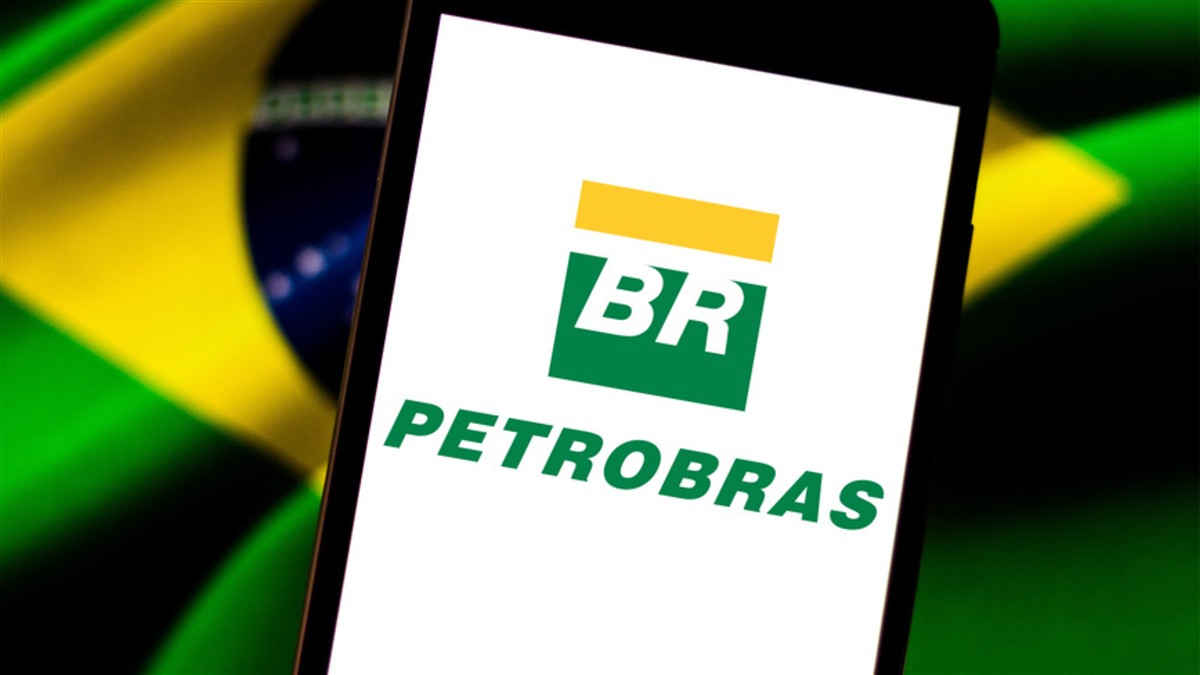
Financial services company Robinhood (NASDAQ: HOOD) fell short of the market’s revenue expectations in Q3 CY2024, but sales rose 36.4% year on year to $637 million. Its GAAP profit of $0.17 per share was also 3.4% below analysts’ consensus estimates.
Is now the time to buy Robinhood? Find out by accessing our full research report, it’s free.
Robinhood (HOOD) Q3 CY2024 Highlights:
- Revenue: $637 million vs analyst estimates of $658.2 million (3.2% miss)
- EPS: $0.17 vs analyst expectations of $0.18 (3.4% miss)
- EBITDA: $268 million vs analyst estimates of $274.2 million (2.2% miss)
- Gross Margin (GAAP): 86%, up from 82.9% in the same quarter last year
- Operating Margin: 65.1%, up from -15.6% in the same quarter last year
- EBITDA Margin: 42.1%, up from 29.3% in the same quarter last year
- Free Cash Flow Margin: 281%, up from 6.9% in the previous quarter (not a typo)
- Funded Customers: 24.3 million, up 1 million year on year
- Market Capitalization: $24.8 billion
Company Overview
With a mission to democratize finance, Robinhood (NASDAQ: HOOD) is an online consumer finance platform known for its commission-free stock and crypto trading.
Online Marketplace
Marketplaces have existed for centuries. Where once it was a main street in a small town or a mall in the suburbs, sellers benefitted from proximity to one another because they could draw customers by offering convenience and selection. Today, a myriad of online marketplaces fulfill that same role, aggregating large customer bases, which attracts commission-paying sellers, generating flywheel scale effects that feed back into further customer acquisition.
Sales Growth
A company’s long-term performance is an indicator of its overall business quality. While any business can experience short-term success, top-performing ones enjoy sustained growth for multiple years. Luckily, Robinhood’s sales grew at a decent 10.8% compounded annual growth rate over the last three years. This is a useful starting point for our analysis.
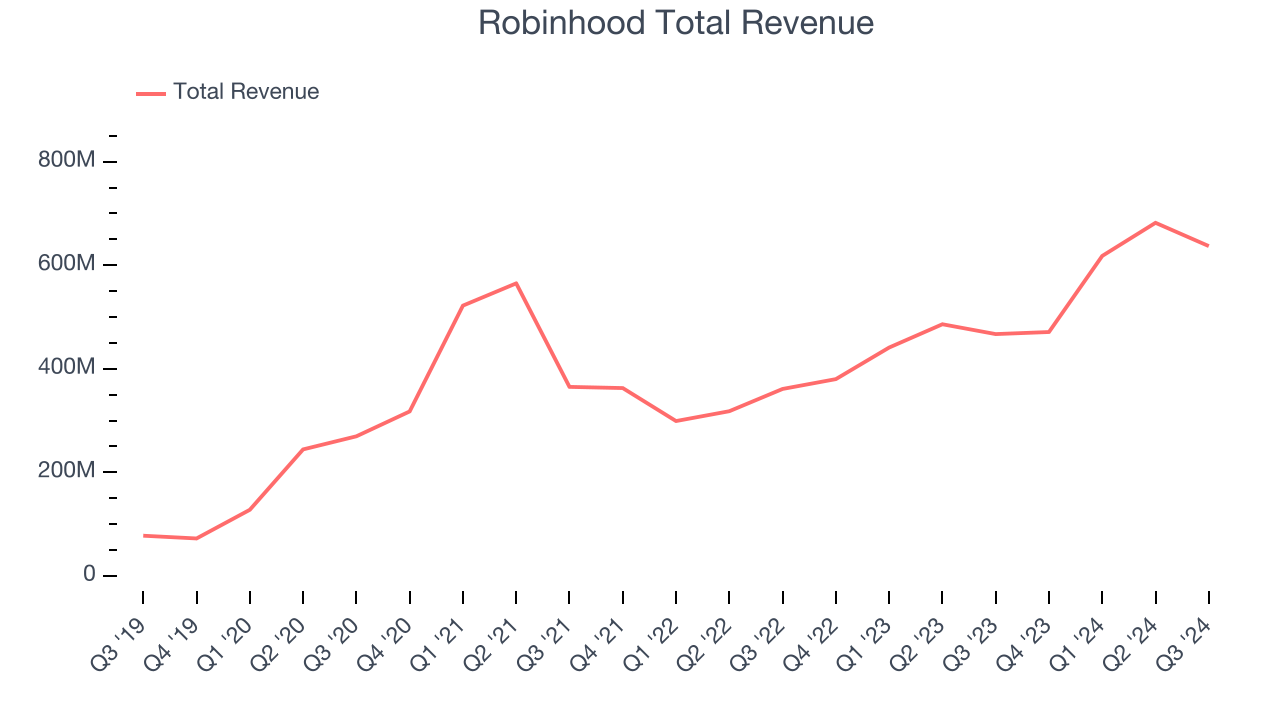
This quarter, Robinhood pulled off a wonderful 36.4% year-on-year revenue growth rate, but its $637 million of revenue fell short of Wall Street’s rosy estimates.
Looking ahead, sell-side analysts expect revenue to grow 12.5% over the next 12 months, an acceleration versus the last three years. This projection is above average for the sector and illustrates the market thinks its newer products and services will spur faster growth.
When a company has more cash than it knows what to do with, buying back its own shares can make a lot of sense–as long as the price is right. Luckily, we’ve found one, a low-priced stock that is gushing free cash flow AND buying back shares. Click here to claim your Special Free Report on a fallen angel growth story that is already recovering from a setback.
Funded Customers
User Growth
As an online marketplace, Robinhood generates revenue growth by increasing both the number of users on its platform and the average order size in dollars.
Over the last two years, Robinhood’s funded customers, a key performance metric for the company, increased by 2.4% annually to 24.3 million in the latest quarter. This growth rate is one of the lowest in the consumer internet sector. If Robinhood wants to accelerate growth, it must engage users more effectively with its existing offerings or innovate with new products. 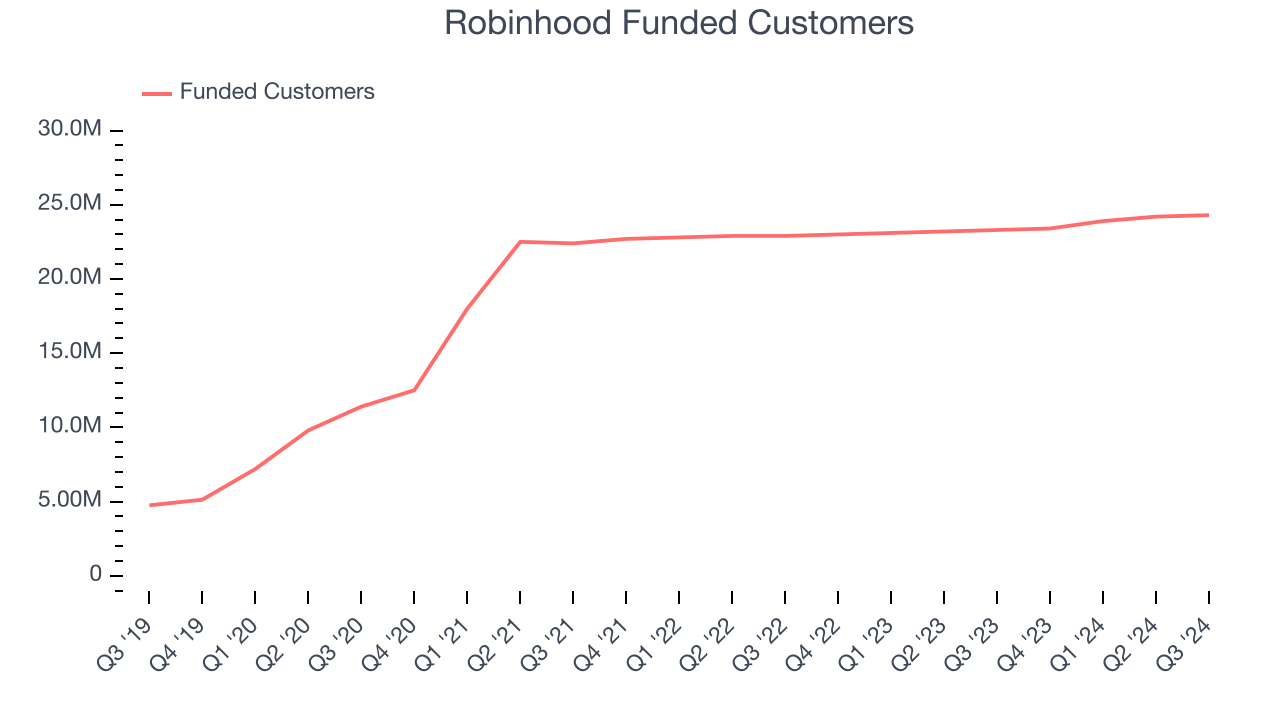
In Q3, Robinhood added 1 million funded customers, leading to 4.3% year-on-year growth. The quarterly print was higher than its two-year result, suggesting its new initiatives are accelerating user growth.
Revenue Per User
Average revenue per user (ARPU) is a critical metric to track for consumer internet businesses like Robinhood because it measures how much the company earns in transaction fees from each user. ARPU also gives us unique insights into a user’s average order size and Robinhood’s take rate, or "cut", on each order.
Robinhood’s ARPU growth has been exceptional over the last two years, averaging 31.4%. Its ability to increase monetization while growing its funded customers demonstrates its platform’s value, as its users are spending significantly more than last year. 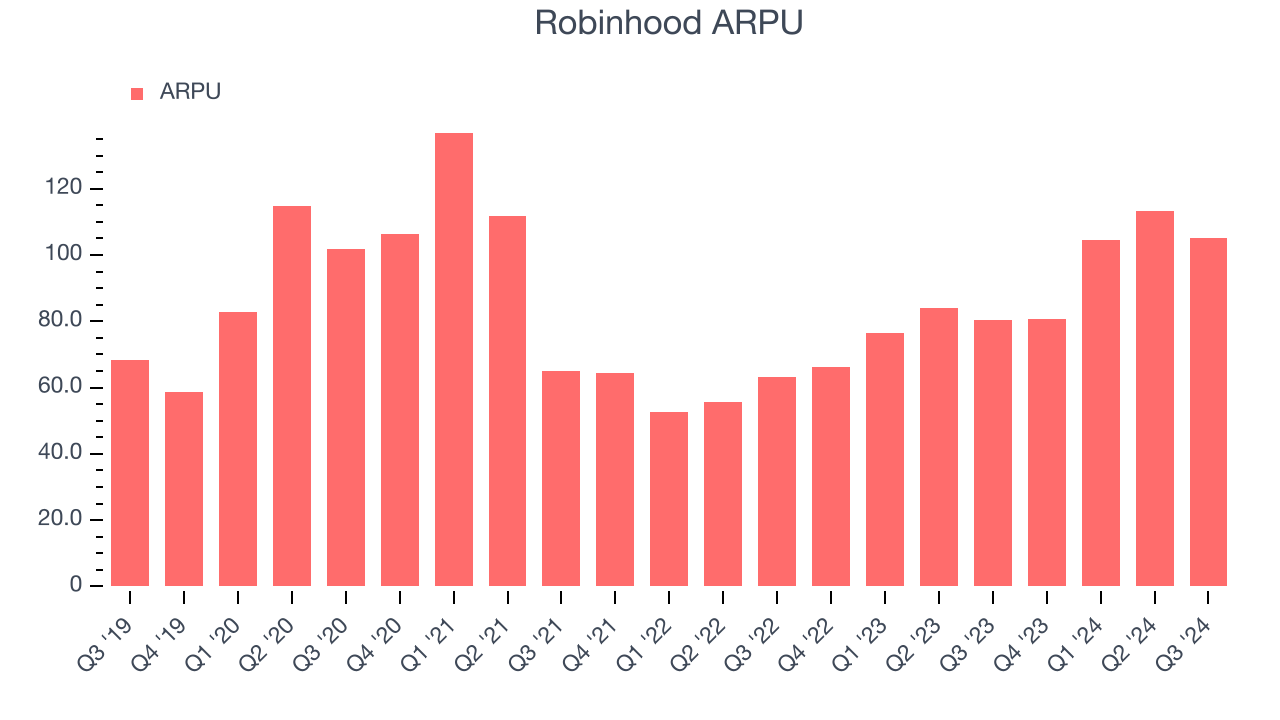
This quarter, Robinhood’s ARPU clocked in at $105. It grew 30.7% year on year, faster than its funded customers.
Key Takeaways from Robinhood’s Q3 Results
We struggled to find many strong positives in these results as its revenue, users, EBITDA, and EPS missed analysts’ expectations. Overall, this was a weaker quarter. The stock traded down 9.3% to $25.61 immediately after reporting.
The latest quarter from Robinhood’s wasn’t that good. One earnings report doesn’t define a company’s quality, though, so let’s explore whether the stock is a buy at the current price.When making that decision, it’s important to consider its valuation, business qualities, as well as what has happened in the latest quarter. We cover that in our actionable full research report which you can read here, it’s free.

